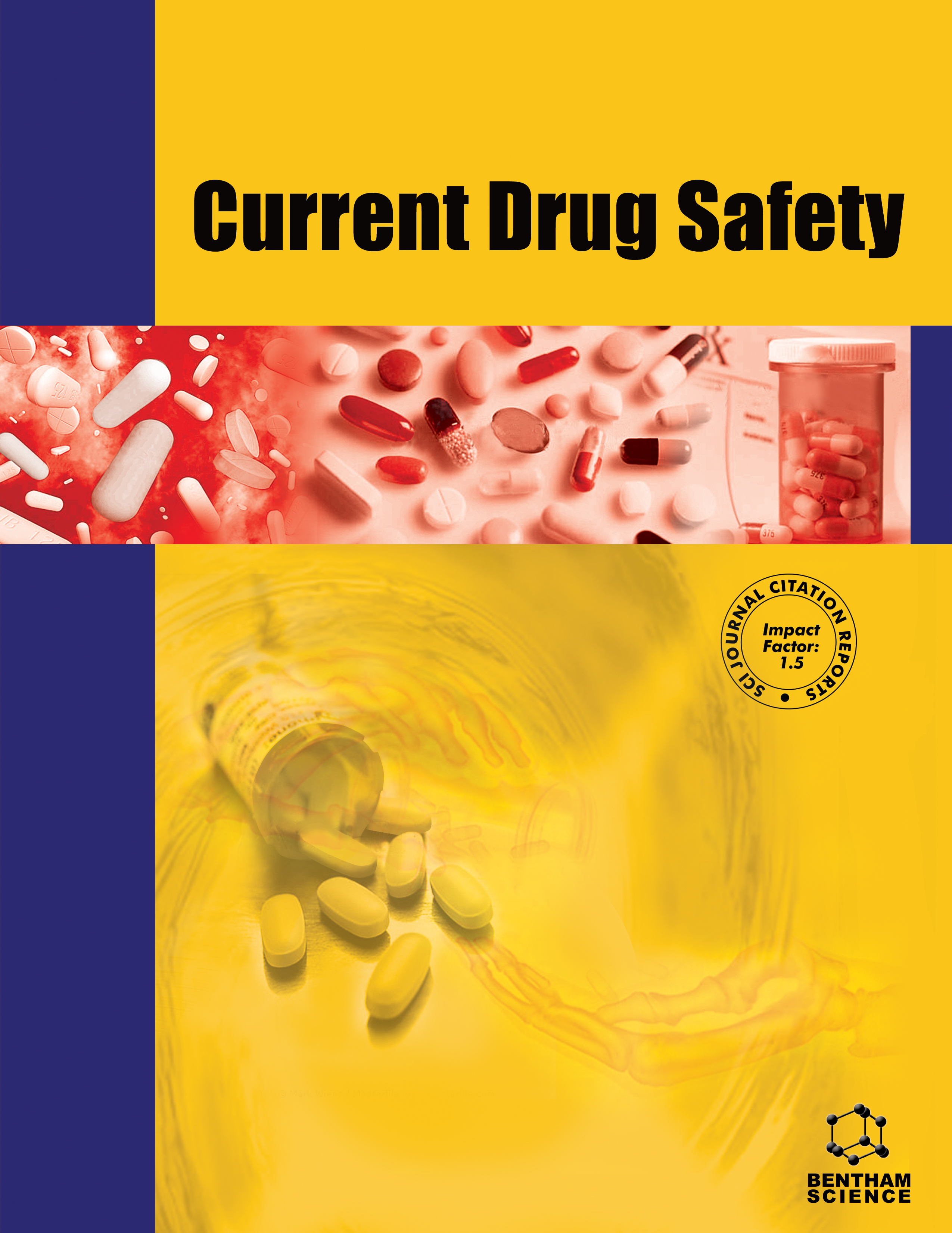
Full text loading...
We use cookies to track usage and preferences.I Understand
In this review paper, we have analyzed the potential and issues associated with Pharmacovigilance (PV). The analysis is divided into four sections: background, stakeholders, data sources, and medicinal chemistry. Each section discusses the current state, the future trends, and the best practices of PV. The main purpose, methods, results, and implications of our analysis are summarized.
PV is the science and practice of monitoring, evaluating, understanding, and preventing adverse drug reactions. PV was established by the World Health Organization in response to the thalidomide tragedy of 1961. The main purpose of PV is to ensure the safety and efficacy of drugs in clinical practice.
PV involves various stakeholders, such as patients, pharmacists, pharmaceutical companies, healthcare professionals, and regulatory authorities. Each stakeholder has a different role and responsibility in reporting, processing, analyzing, and communicating information about adverse drug reactions. Patient engagement is a key factor for enhancing PV practices.
PV relies on data from various sources, such as clinical trials, spontaneous reports, electronic medical records, biomedical literature, and patient-reported data in online health forums. These data sources can provide valuable insights into the real-world use and safety of drugs, as well as the preferences and needs of patients. However, these data sources also pose challenges in terms of quality, validity, reliability, and accessibility.
Medicinal chemistry is the branch of chemistry that deals with the design, synthesis, and evaluation of new drugs and their biological effects. Medicinal chemistry can enhance PV practices by finding new therapeutic indications for existing drugs or compounds that have already been tested for safety and efficacy. Medicinal chemistry also requires careful design and evaluation of covalent inhibitors, bi-substrate inhibitors, stabilizers of protein non-effective conformations, and hydrophobic pocket modifiers to ensure their safety and efficacy.
PV is a dynamic and evolving discipline that requires collaboration, regulation, education, and innovation to improve patient safety and care. This review aims to provide a comprehensive overview of the potential and issues associated with PV practices.

Article metrics loading...

Full text loading...
References


Data & Media loading...

